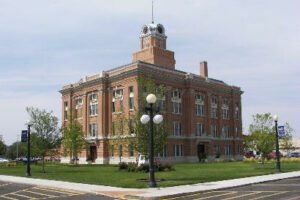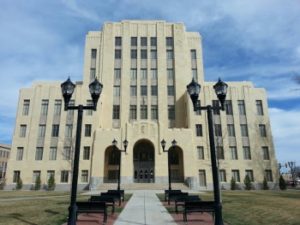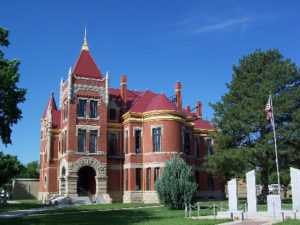I take at least two trips a year to Bonham, in Fannin County, to see my doctor at the Sam Rayburn VA Medical Center.
This next visit coming up soon is going to reward me — I hope sincerely — with a look at a refurbished courthouse in the middle of Bonham’s downtown square.
I’ve written about it before on this blog, as well as reported on it for KETR-FM radio, where I serve as a freelance reporter for the station’s website.
Fannin County Judge Randy Moore has been salivating — figuratively, of course — over the prospect of settling back into the courthouse. The construction fences and the barricades came down in March.
The building is occupied. To which everyone I have spoken to in county government is expressing a huge sigh of relief and accomplishment.
According to KXII-TV: “It means everything to me,” said Barbara McCutcheon, the treasurer of the Fannin County Historical Commission. “I’m gonna cry. It was such an honor to work on it.”
The county secured a grant from the Texas Historical Commission and supplemented that money with a bond issue that voters approved in 2016. The final product came in over budget, but that did not deter the effort to complete the job. The COVID-19 pandemic, though, did throw a roadblock or two in front of the county along the way.
“It stopped a lot of things in its tracks, and you say, ‘well, how did that stop it?’ Well, we couldn’t get hinges for the doors,” said Judge Moore, according to KXII.
Still, the project is done. I am looking forward very soon to seeing it up close.




